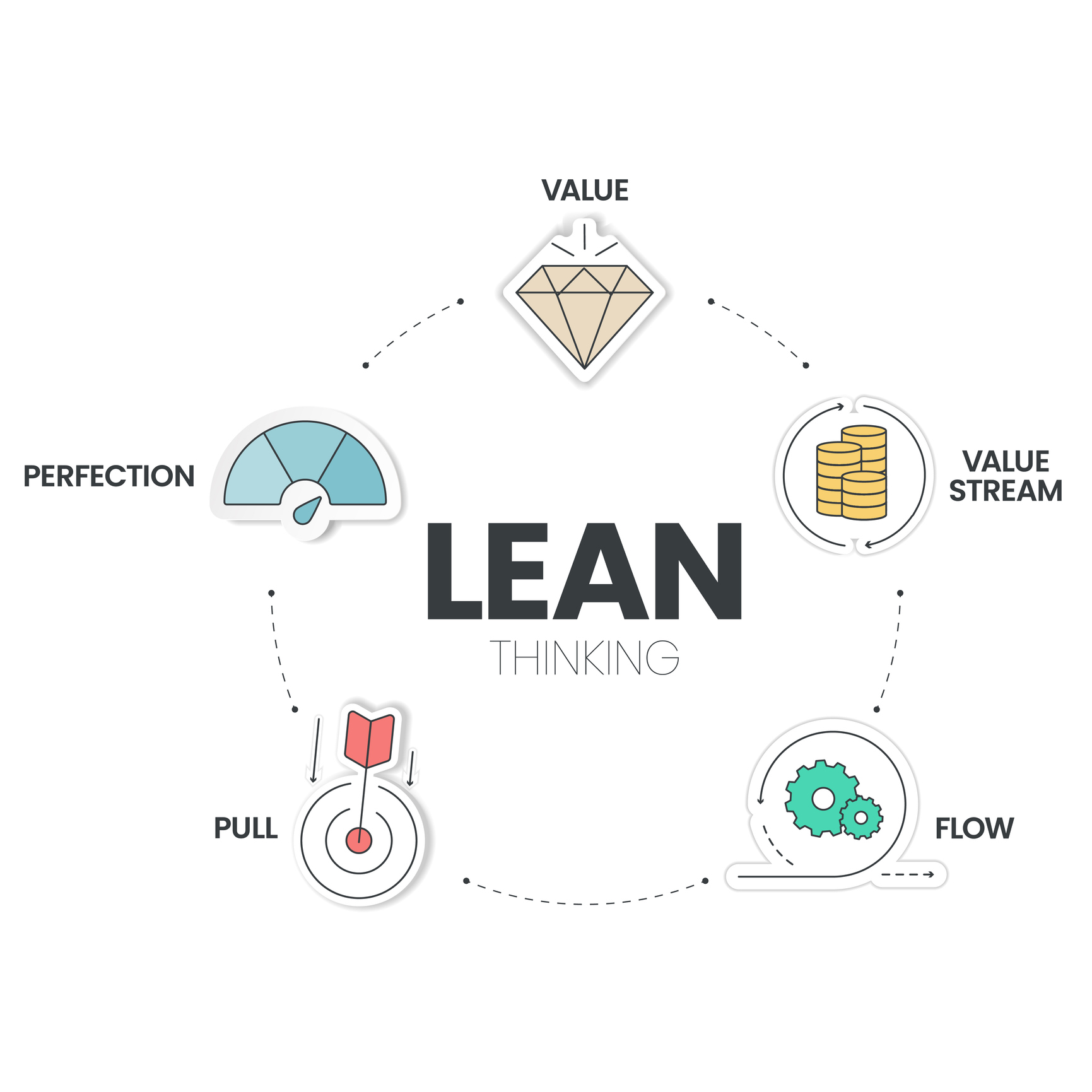The benefits of a value stream management (VSM) approach — aligning the business, eliminating waste, and improving delivery — have been realized, but what businesses are still struggling with is taking those promises of VSM and making them a reality. This week’s {virtual} VSM DevCon presented a roundtable panel of diverse perspectives and viewpoints to look at how VSM is behaving in the “real world,” who is leading the effort, and the roadblocks businesses are coming across.
The panel included Laureen Knudsen, CTO at Broadcom Enterprise Software; Dave West, CEO of Scrum.org; and Andrew Brydon, a distinguished engineer and transformation expert from National Australia Bank. Watch the full panel as well as sessions from the conference here.
RELATED CONTENT: What value stream isn’t
Some lessons and challenges the panel learned from implementing VSM in the “real-world” included:
Making the mistake of not including the entire organization in the VSM initiative. According to Knudsen, there are a lot of moving parts and a lot of teams involved. To successfully implement VSM, you have to make sure everyone in the company is involved in the process. “You need that collaboration. If you are trying to just have the business own it, then the business is going to win in the vote,” she said. “You have a collaborative approach and you need to incent people to the same goals. If everyone is incented to work together and they’re only successful if both sides are successful, you start getting a lot different output and a lot different conversations.”
West gave an example of restaurants that have had to become digital businesses in order to keep business open through the pandemic. Restaurants now have to have a web presence where customers can view their menu and place their order online — and that online experience includes way more than just web development. West explained the kitchen staff, delivery staff, front-end staff, and restaurant systems all have to be aligned in order to work.
“It’s spreading through the entire organization because everybody has to be able to pivot as quickly as possible,” said Knudsen.
Focus on the customer and not so much of the efficiency of streams. The old way of working was a very inward view of how to increase efficiency and reduce costs. VSM today provides an outward, customer-centric view of the business. It’s focused on delivering value to customers faster and listening to customers better, West explained.
Brydon has seen this change coming from the financial world. At National Australia Bank, he explained in order to keep moving forward the bank had to go from a branch-focused business to a digital interface that interacts with customers and colleagues. VSM gave them the ability to get an end-to-end process from the customer all the way through to the technology and think differently about how they respond and deliver.
Be patient with your teams. Brydon believes organizations need to be patient and give people time to transform the way they think and the way they work. Knudsen added that you have to help people understand what’s in it for them, and not make them feel like they are losing control or their job is being replaced. “They have great skills that can still be applied in the new model, you just have to find what that is,” he said.
Don’t design your approach around the technology set. “It’s quite easy to get distracted by the tools and the promise of the silver bullet,” said Brydon. The best strategy to take is to figure out what is your strategy first and then what is the best technology or implementation to help you support that. When you do pick a technology, make sure it isn’t a static thing, according to Knudsen. “It’s got to be able to take you from where you are today to where you want to go tomorrow, and it can’t try and force that,” she said.
Don’t undervalue the value of data. West explained data can equip you with the ability to make successful decisions and improvements. How you get that data shouldn’t be a massive overhead and should present the data in a way that all levels of the organization can look at it and understand it, according to Knudsen.
National Australia Bank’s data helped the bank see a pattern where teams were overcommitting on what and when they were actually able to deliver. With the right information, they were able to change that behavior and prioritize work. “It’s not just about the work that we do, but also how much capacity we have in the pipe to deliver. Obviously, we can’t do everything we want, so how do we ensure the business teams are going to get what they want when they want it,” he said.
Don’t use the data as a performance management tool. Brydon explained the data should be used to help change the way an organization runs, not to highlight individual problems. West added that “bonuses and promotions should be based on contribution and value, not artificial metrics that are used really to help us learn about the flow of work, the bottlenecks, the quality of the work…those things should be purely for that and only for that.”
The panel left off with some advice for businesses going forward in the future with VSM. Knudsen recommended businesses become more resilient and be able to pivot and respond to change faster. “The companies that take advantage of the opportunities that arise this year are going to be the ones that springboard ahead of the competition,” she said.
Brydon reiterated the importance of putting customers first. “To keep our focus on them as an organization is really a key driver of why we want to change. Understanding and enabling that and making it clear across our group is the message we are keeping,” he said.
And West left off with, “Don’t just optimize your existing processes. Rebuild your view of the future based on your customers and based on what you need to deliver to them.”







